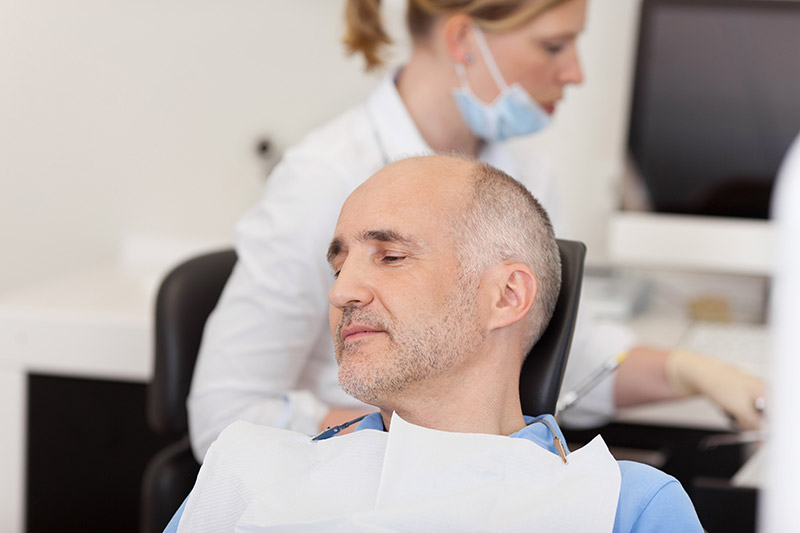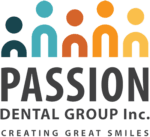
Adult Sleep Apnea Treatment in SW Calgary
Adult Sleep Apnea Treatment Near You
If you’re struggling with a sleeping disorder, it’s important to seek out treatment when you can. Obstructive Sleep Apnea in particular can cause more serious health issues to arise if it goes untreated including chronic insomnia, depression, and cardiac problems.

About Adult Sleep Apnea Treatment
At our local dental practice, we provide OSA treatment in Calgary for all patients who are seeking to improve their oral and physical health. Reach out to our amazing staff; they’ll help you out with whatever you need.
With that said, described in detail below are some of the solutions that we offer:
- Continuous Positive Airway Pressure (CPAP).
A CPCP is a standardized form of treatment that many people have received. This method involves wearing a mask while you’re sleeping; the mask delivers a steady flow of air that you breathe in continuously and automatically. Furthermore, the airflow is pressurized based on the degree of obstruction that a patient is facing.
- Surgery.
Typically, surgery isn’t the first option that’s recommended, but it is administered when a patient is dealing with a physical obstruction. Examples include a deviated septum, excess tissue in your nose or throat, or an abnormally sized uvula or set of tonsils.
- Oral Appliances.
Dentists and sleep specialists may suggest receiving oral appliance therapy or OAT. In other words, you’ll receive a customized device designed to fit your oral dimensions, and that will help alleviate the difficulty you have with breathing properly.
There are various devices that you can obtain including a mandibular device that supports your jaw and pulls it forward. As a result, your tongue will be shifted away from your throat and allowing more air to enter your airways. It also stops you from snoring.
Before you obtain any device or choose to undergo any form of OSA treatment near you, you’ll need to schedule a session with your dentist first. They will examine your mouth and assess your symptoms to better understand what’s going on. They may also refer you to a sleep physician. If you have any questions or concerns about such a process, contact a health professional.
Contact Us at Glamorgan Dental Today!
Are you looking to receive OSA treatment in Calgary from a reliable dentist? Well, you’ve come to the right place. Our staff is qualified to provide dental sleep medicine to new and returning patients. To get started with this process, phone our dental clinic, head to our website, or stop by our location in person.
We’ll see you soon!

